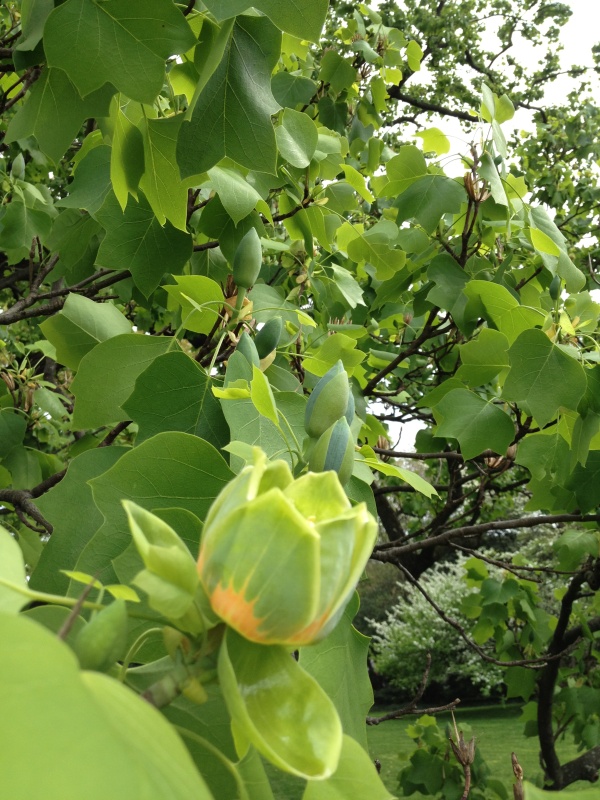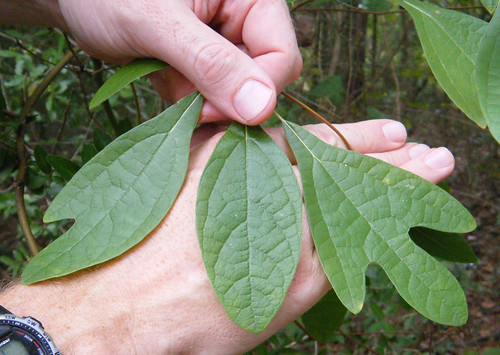THE LEAFLET

Five Trees to Try and Identify This Season
Fall brings us many things from football to pumpkin spice, however fall also delivers breathtaking sights of trees turning vibrant shades of red, orange and yellow. But the changing foliage provides more than just a beautiful views—the change in colors can better help to identify the tree species.
Here are the trees that you can identify this fall!
Honey locust— Gleditsia triacanthos
The honey locust is a common tree in the United States, especially in the middle and northern regions on the country. It has compound leaves, which is when a single leaf stalk, or branch contains many smaller leaves. During the summer the leaves are rich green color, but in the fall they turn to a deep golden yellow hue. Its fall color truly shows how it got its common name.

Honey Locust Summer, photo courtesy of iTree.com

Honey Locust Fall, photo courtesy of Flickr
Northern red oak—Quercua ruba
The northern red oak is known for its dense leaf coverage and tall branches, with a typical height of almost 100 feet. In the summer and fall the Northern red oak is one of the best shade trees D.C. It also produces smooth ovular-shaped acorns with a capped upper body that has a scaly-textured. In the fall the leaves turn to a distinctive bright brick red.

Northern Red Oak summer, photo courtesy of iastate.edu
Red maple—Acer rubrum
The red maple is one of the most common and wide spread deciduous trees of the eastern North America. Like its name the Red Maple turns a vibrant shade of red in the fall. This tree also produces small beautiful flowers in the spring before its leaves. The flowers are also red but sometimes yellow.

Red Maple summer, photo courtesy of Flickr

Red Maple fall, photo courtesy of Flickr
Tulip tree— liriodendron tulipifera
The tulip tree is an impressive tree due to its height and beautiful flowers and leaves. It’s a wonderful shade tree that grows quickly. Its leaves resemble a tulip and are a pale green-yellow in the summer and turn to a pale orange in the fall. This tree is also part of the magnolia family.

Tulip tree Summer, photo Casey Trees

Tulip tree fall, photo courtesy of Flickr
Sassafras— sassafras albidum
You can spot a sassafras due to distinct three variations of leaves on a single branch. While you might not always get the same exact three its common to get an ovular-shaped leaf, a three leaf with three points and one shaped like a mitten. In the fall these leaves turn to ombré hues of yellows, oranges, and reds.

Sassafras summer, photo courtesy of foragingtexas.com

Sassafras fall, photo courtesy of ocpoutdoors.com
If you think any of these trees will add some beautiful fall color to your yard, they are all eligible for rebate though our Tree Rebate program. All you need to do is submit your Tree Rebate application online or by mail after planting your tree(s). Be sure to include a receipt for each tree you list and have it to use within one year of purchase.